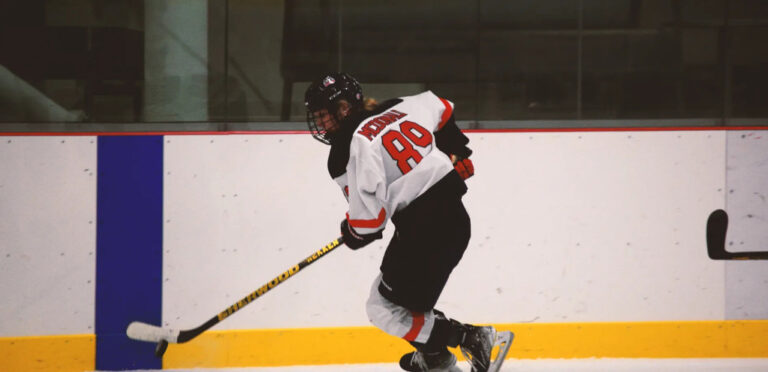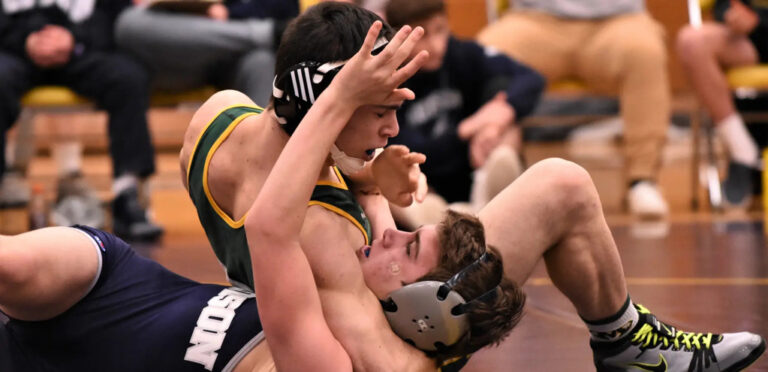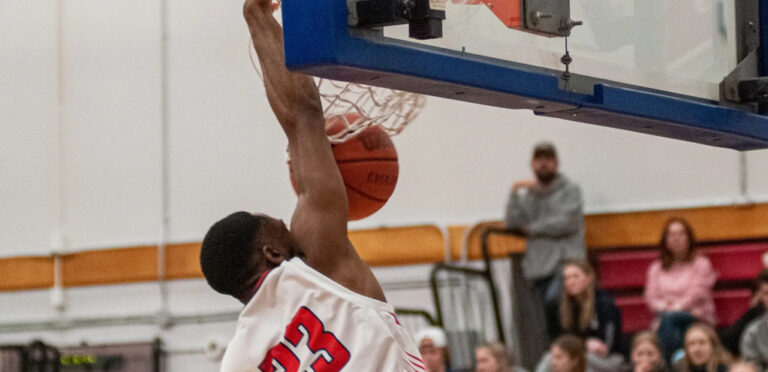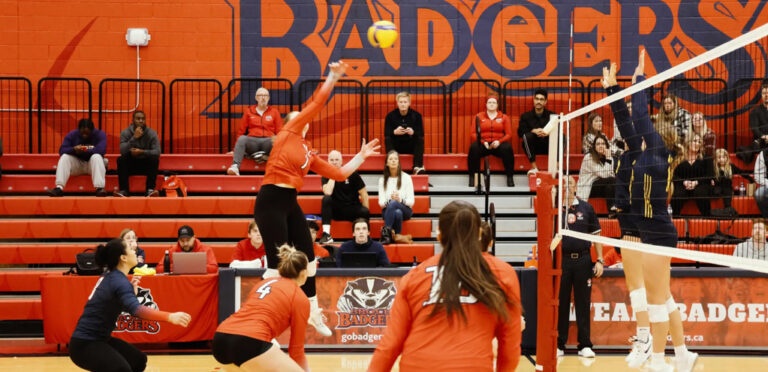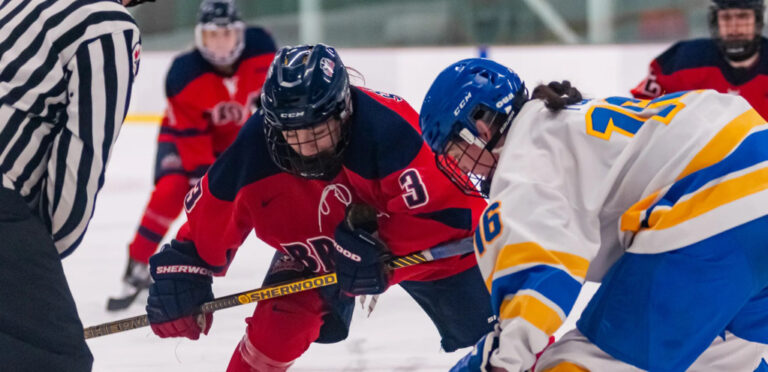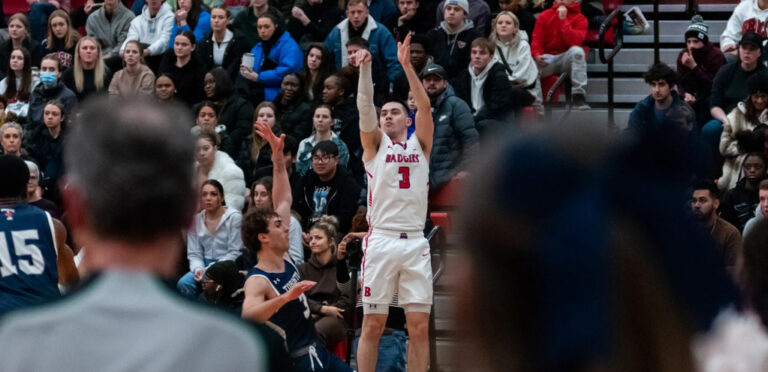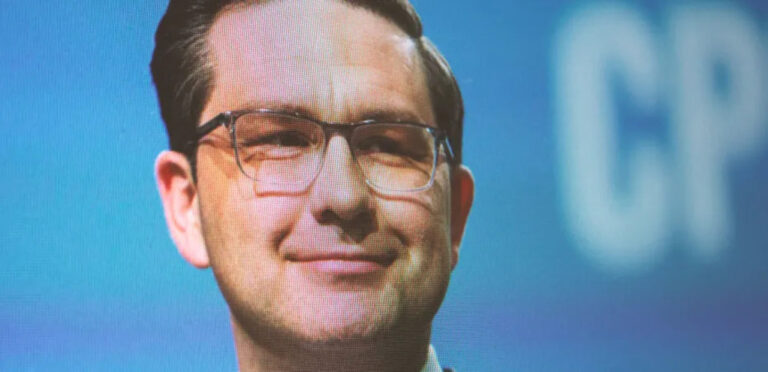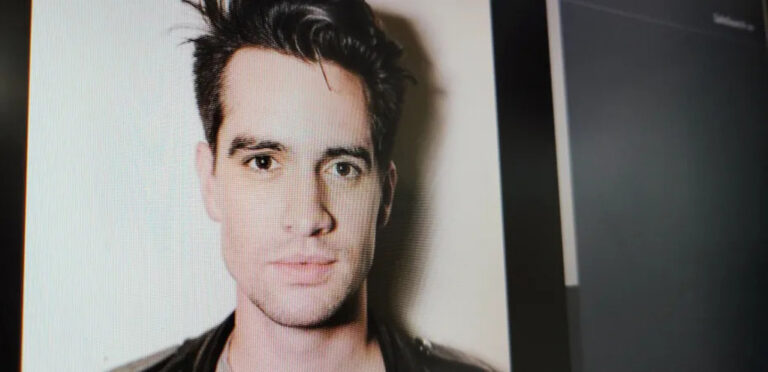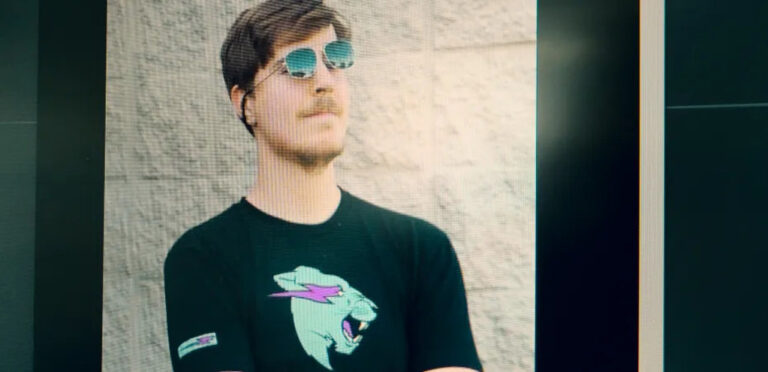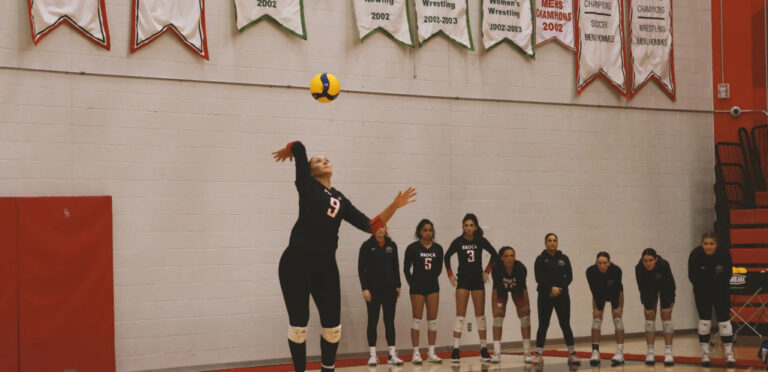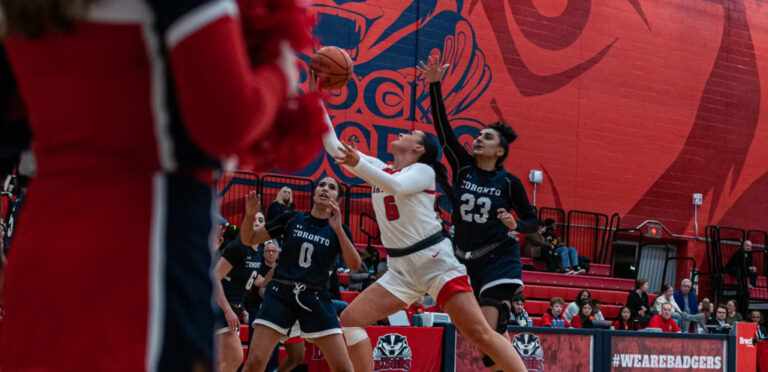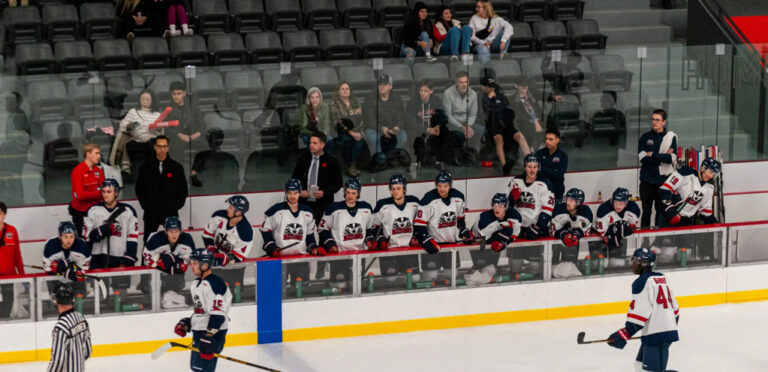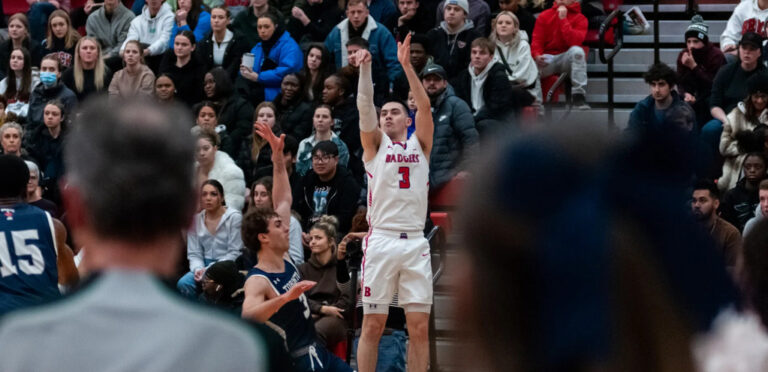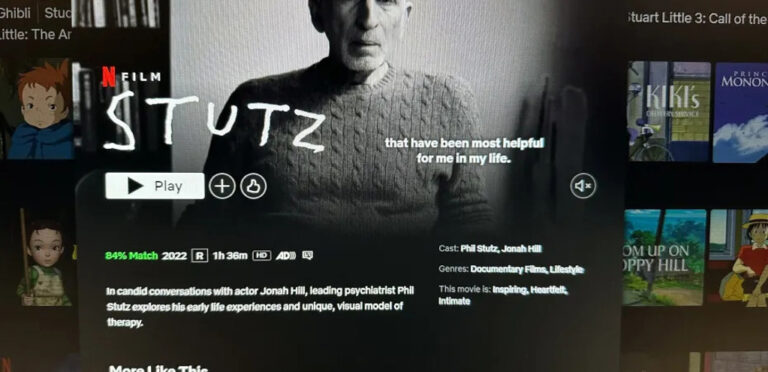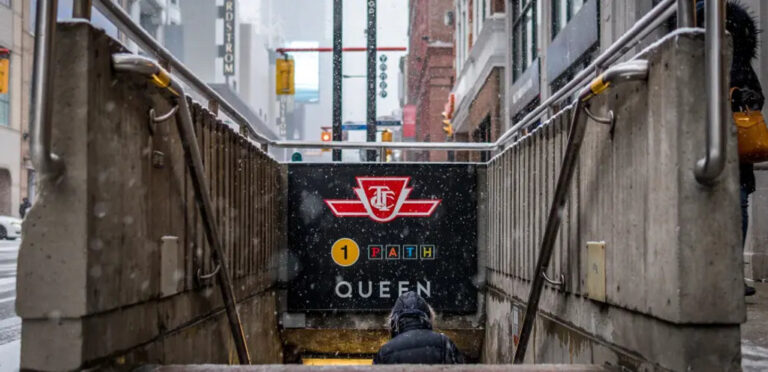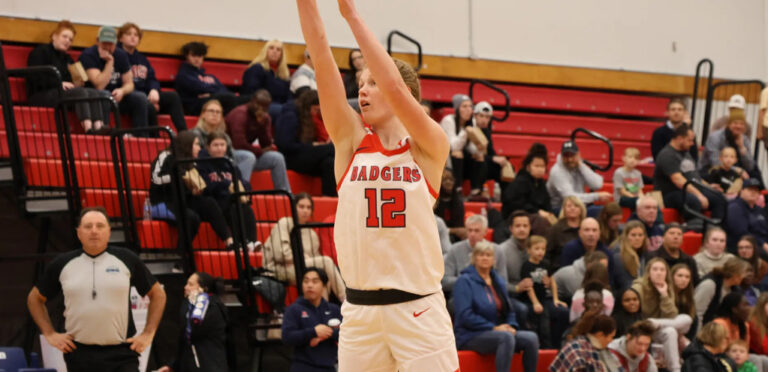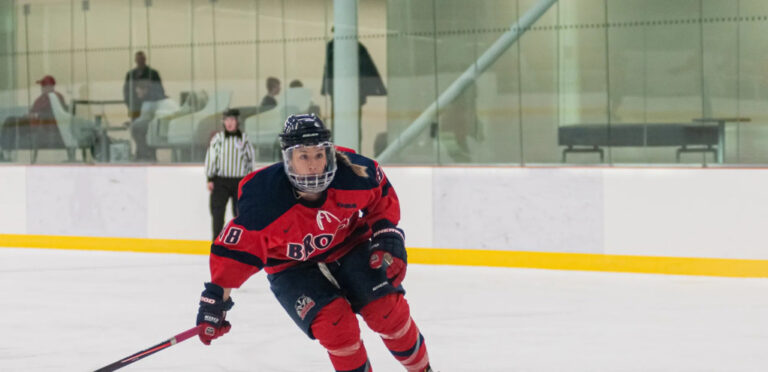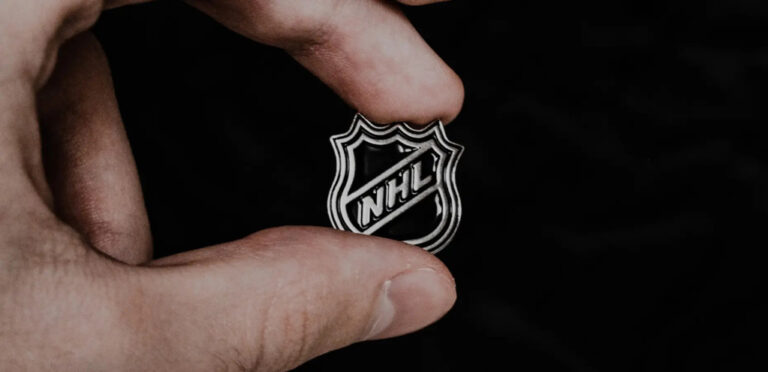On Feb. 17, the Brock women’s hockey team clinched a playoff spot in their second-last game of the season.
A do-or-die game against the Western Mustangs that ended 2-1 for the Badgers on a goal from Madison Cronkwright in the last minute of play in the third period.
The win versus Western set them up for a playoff matchup against the top-seeded Waterloo Warriors starting on Feb. 22. The Warriors finished the regular season with a winning percentage of 0.704 while the Badgers managed to squeak into the playoffs with a 0.407 win percentage, the second lowest to make the OUA playoffs.
But this is not uncharted territory for the Badgers, as in the 2021-22 regular season the team was in a similar spot. They finished third in the regular season in the OUA West with a .479 win percentage and went on to surprise the whole Province, winning the OUA Championship and advancing to Nationals. This year may be a little different, as they did not win as many games and had to play a top-three team in the first round but with almost half of the team being seniors — 12 of 28 players on the roster — they will all be looking to go back-to-back.
The best of three series kicked off on Feb. 22 in Waterloo and was not the start the Badgers were looking for in the game or in the series. Despite some chances for the Badgers in the first five minutes of play, Waterloo scored just over seven minutes into the game and never looked back.
After the Warriors went up 1-0 they proceeded to score two more goals in the next 90 seconds, making it 3-0 before the ten-minute mark of the first, a deficit that would be insurmountable for Brock.
Despite numerous efforts to get back in the game, Waterloo shut the door on all of their scoring opportunities and proceeded to add three more goals in the second period, all coming on the powerplay. The Badgers failed to score the remainder of the game and it ended 6-0 for the Warriors, taking game one in dominant fashion.
But back at Canada Games park on Feb. 24, the Badgers had a chance to tie the series up at one apiece and force a do-or-die game three. They got off to a great start outshooting the Warriors 5-1 before Brock forward Paige Cohoon took the first penalty of the game, sending Waterloo’s powerplay on the ice (18.7 per cent). But the Brock penalty kill stood strong as they managed to kill it off, never allowing Waterloo to get set up in the offensive zone.
Following the Cohoon penalty, the Badgers went right back on the penalty kill, this time a Lauren Diks penalty for boarding, but the Badgers also killed that off, keeping it a 0-0 game.
In the second half of the first period, Brock dominated puck possessions generating chances off the rush and hounding the Waterloo players on the forechecking forcing turnovers that led to scoring chances. Inevitably the Badgers scored the first goal of the game with just over a minute to go in the first period. A drop pass from Rebekah Feld to Madison Cronkwright sent her in on a semi-breakaway before she beat the Waterloo goaltender with a backhand deke to the left side.
After 20 minutes of play, the Badgers led the Warriors 1-0, yet they trailed in shots seven to six. The second was more of the same as both teams had their fair share of chances. After a couple of chances missed by the Badgers and a great play at the blue line by captain Kaitlyn Colona, who kept the puck in and proceeded to pass it across to Catriona Cormier who one-timed it past the goaltender, to give the Badgers a 2-0 lead.
Waterloo answered back under five minutes later but it was their one and only goal of the rest of the game. The Badgers scored two more courtesy of Catriona Cormier and Madison Cronkwright, both netting their second of the game as the Badgers cruised to a 4-1 win, forcing a do-or-die game three back in Waterloo on Feb. 25.
Waterloo dominated puck possession off the opening draw, cycling it in the Brock zone and not allowing for any clean breakouts leading to many defensive zone faceoffs in the first couple of minutes of the game. But an overaggressive stick by a Waterloo forward on the forecheck would send Brock on the first power play of the game.
The Badgers had their first chance of the game on a centring pass from Paige Cohoon to two Badgers in the slot that both had whacks at it but were unable to put it past the Waterloo goaltender. But towards the end of the powerplay, Mishayla Christensen skated out with the puck from the corner and was able to beat the goaltender short side to put the Badgers up 1-0 4:33 into the game.
The goal went right to the Badgers legs but they were unable to capitalize on any of their chances with the Waterloo goaltender, Carly Molnar keeping her team in the game. The next goal would be a tying one as a Waterloo player took a shot from the point that made its way through bodies in front and found the top left corner, a shot that Kenzie Harmison never even saw. The game remained tied 1-1 after the first period of play as the Badgers were out-chanced 10-8 in the period.
The second period was very low-event hockey, with neither team taking any risks and trying to push the play in the offensive zone. The shots in the second period were even at five a side with 20 minutes left to play and overtime if needed.
Waterloo came out flying in the third period, completely controlling the game and leaving the Badgers playing on their heels, leading to three penalties taken, with the third one costing them the game. With just over one minute to play, the Badger player took a tripping penalty which inevitably led to Waterloo’s second goal of the game with 52 seconds left on the clock. A cross-seam pass from Leah Herrfort found Elizabeth Lenardon who put it past Harmison on the far side.
Despite a last-minute effort from the Badgers, they were unable to tie the game as their season came to an end with a 2-1 loss to the Waterloo Warriors in the quarter-finals and finishing with an overall record of 12-18
Brock’s top three leading scorers in the 2022-23 regular season were Claudia Murphy (7G & 5A in 27GP), Paige Cohoon (4G & 6A in 25GP) and Catriona Cormier (6G & 3A in 26GP).
To check out more stats on the Brock women’s hockey team visit gobadgers.ca or the OUA women’s hockey page here.

